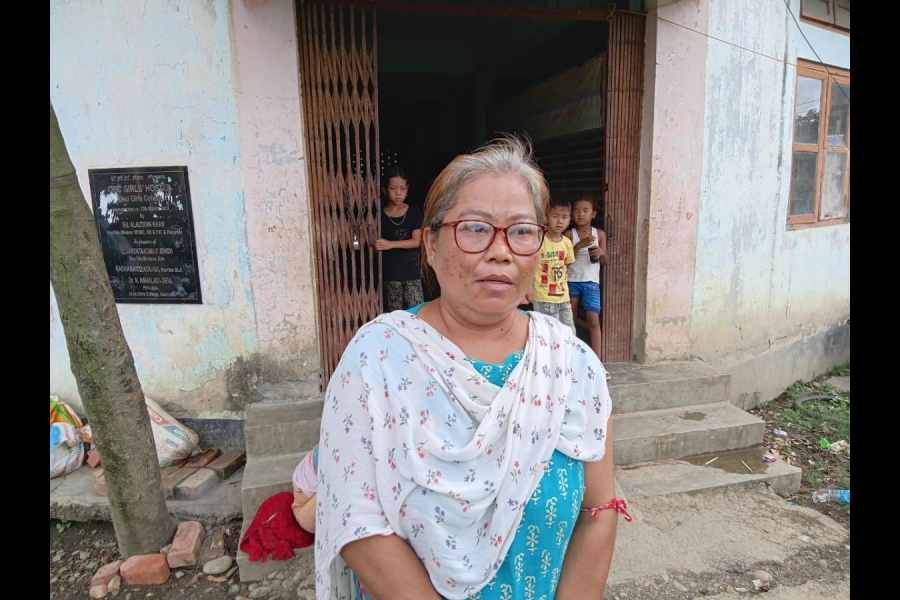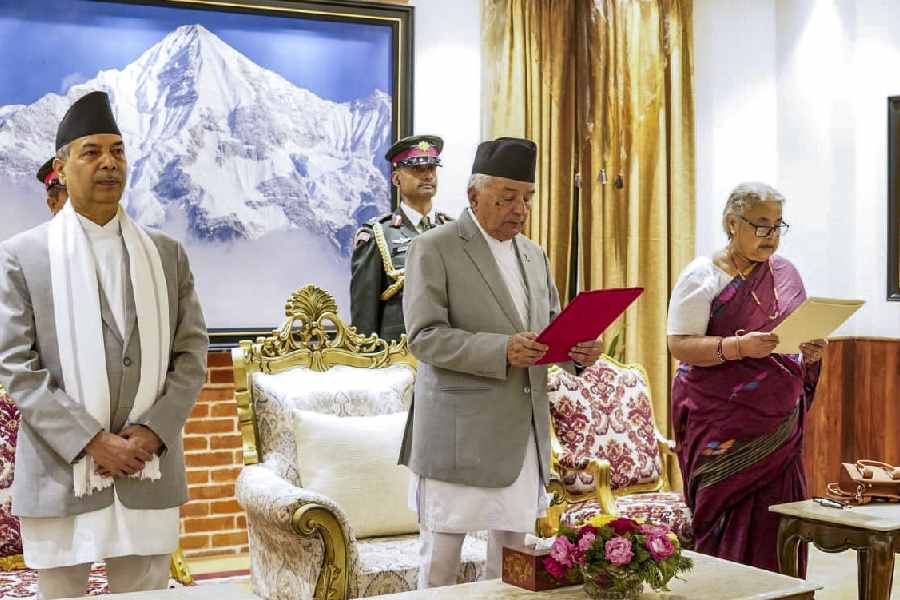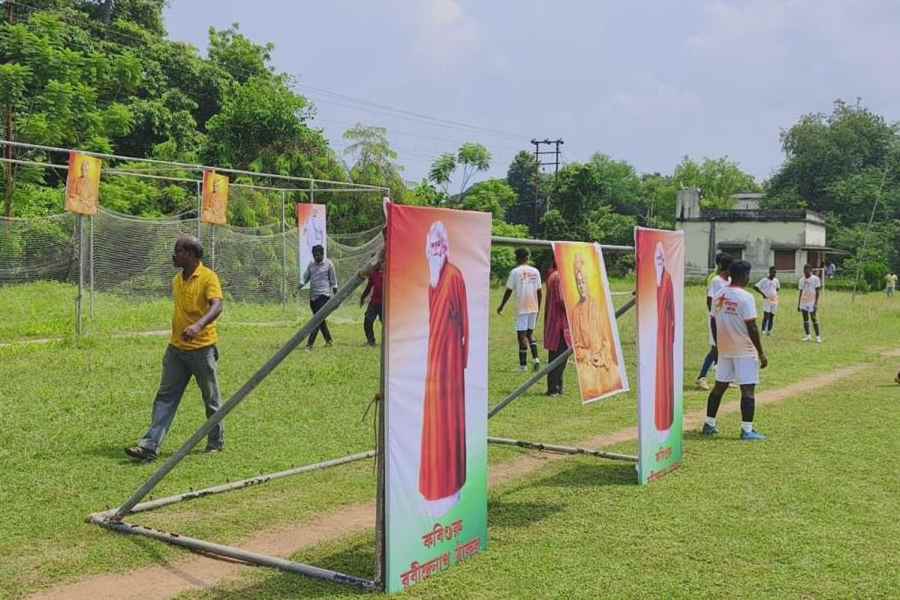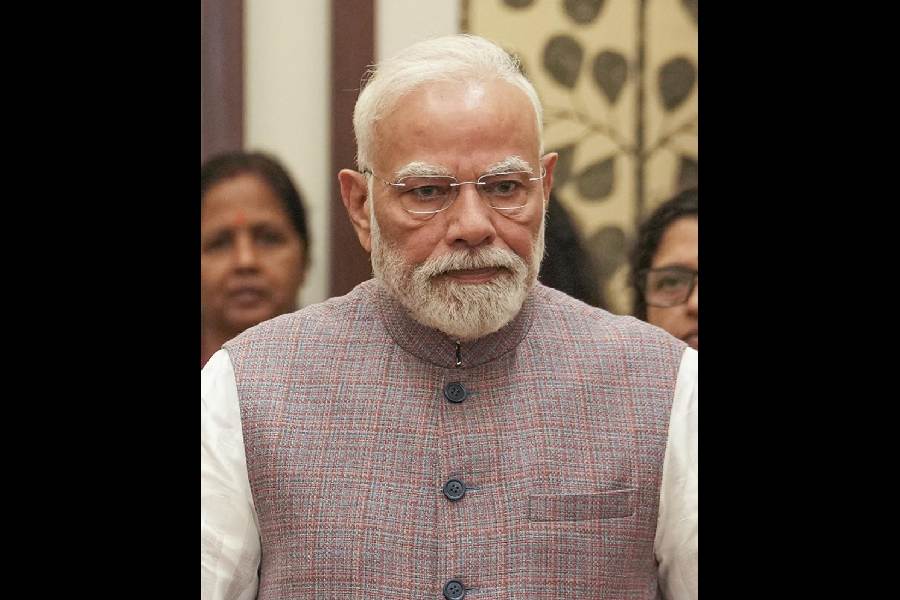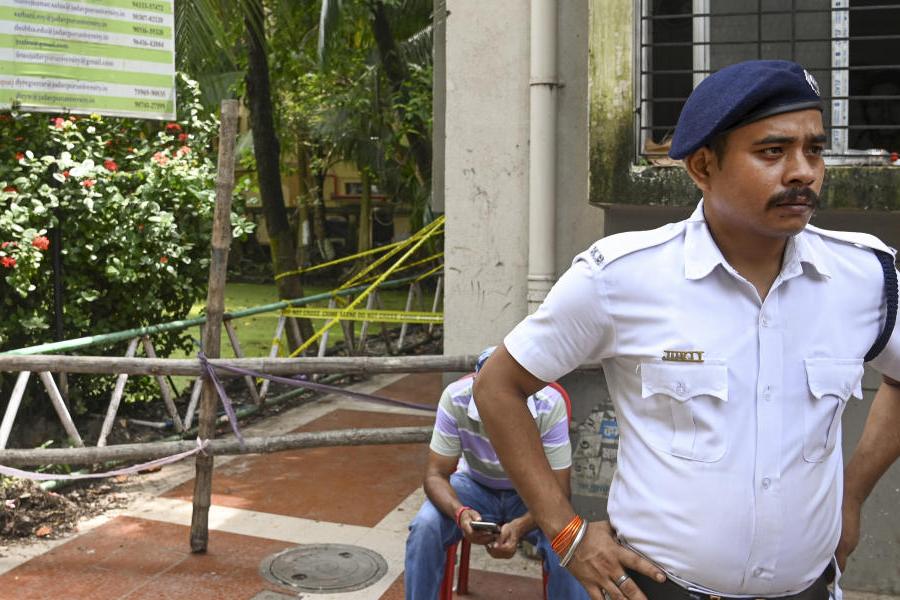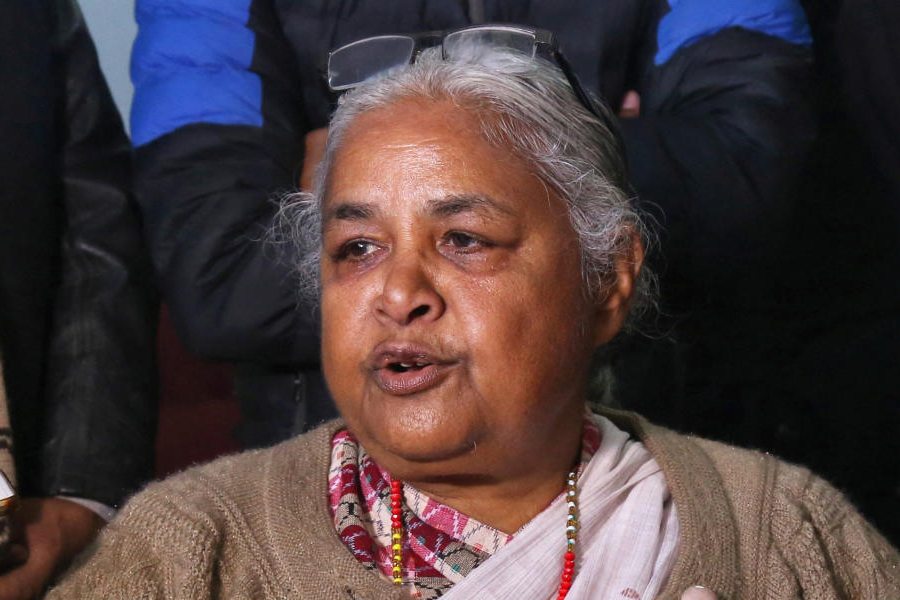|
|
| Old memories |
1857: The oral Tradition By Pankaj Rag, Rupa, Rs 395
A British civil servant, William Crooke, during his tours of the districts of Uttar Pradesh in the late 19th century, diligently collected folk songs about the revolt of 1857 and the last king of Awadh, Wajid Ali Shah. He published these in The Indian Antiquary in 1911. There they lay till the communist leader, P.C. Joshi, drew attention to them in an article to mark the centenary of the great rebellion.
As these songs were collected by Crooke in the decades following 1857, it is reasonable to assume that they were based on memories and perceptions that were still fresh in the minds of villagers in Awadh and in other parts of UP. The villagers had probably heard these songs from their fathers and relatives who had actually been alive during the annexation of Awadh, the revolt and its suppression. This near-contemporaneity gave these songs the ring of authenticity. Thus, when Crooke noted a song that said, “The British began to measure the land in iron chains’’, it was possible to link that sentiment to the reality of the harsh land-revenue measures the British administration imposed. The authentic voice of the peasants of Awadh could be verified by the archival records.
Common sense dictates that memory begins to fade and distort as it moves further away chronologically from an event. The oral tradition is coarsened and adulterated by time. What a peasant of UP remembers in 1957 about the events of 1857 may not necessarily be an accurate recall since it has passed through the memories of many generations. This is the problem faced by any historian trying to write on the revolt based on “the oral tradition.” What is seen as an oral tradition may actually be an invented tradition.
Take the example of two sources that Pankaj Rag uses in his book. One is the famous poem about the rani of Jhansi by Subhadra Kumari Chauhan which the author places side by side with some folk songs about the rani. Chauhan’s poem was published in 1930 when she was 26 years old. She heard these folk songs sometime between 1910 and 1930. How far are these valid sources for understanding anything that went on in Bundelkhand and Jhansi in 1857?
The other example is Ghadar ke Phool, a travelogue by Amritlal Nagar brought out in 1957 when Nagar had been commissioned by the government of UP to collect folk tales, songs and anecdotes from the districts of Awadh. Rag describes this “as a wonderful repository of source material for any student of oral history working on 1857.” Again, the question of authenticity is not broached at all.
The central problem of Rag’s book is his failure to interrogate the oral tradition. Any source of history needs to be questioned, its chronology and context established. An exaltation of the oral tradition as a “non-elitist’’ source is only an assertion. For its validity as a source to be established, it has to go through a process of rigorous corroboration like any other source.



